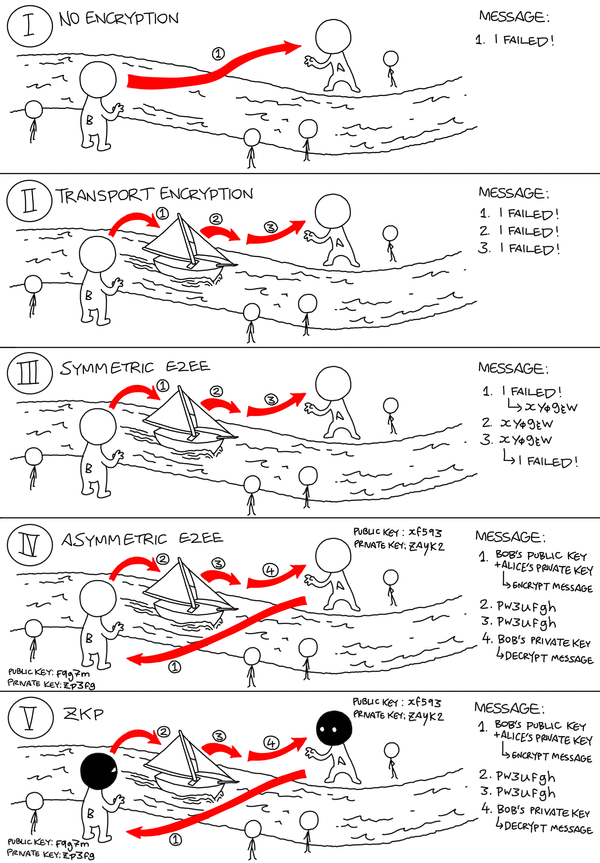The rarest cancer in the world?
A mutation in a tapeworm led to the only recorded case of cancer by proxy

In Colombia, 2013, a 41-year-old presented at the hospital with fever, cough and weight loss for several months. He was diagnosed with Human Immunodeficiency Virus (HIV) in 2006 but did not follow properly the anti-viral therapy. Doctors carried out biopsies of the lungs and lymph nodes of the patient and observed aggregations of cells, proliferating quickly, an alarm sign of malignant cells… cancer. Unexpectedly though, the cells were observed to be smaller than human cells. Thus, doctors sent the images to the Centers for Disease Control and Prevention. Further studies revealed that a parasitic tapeworm Hymenolepsis nana had contracted cancer inside the patient, which caused him also to have cancer. It was these cancerous cells that were slowly killing the patient. How did this happen?
HIV is a virus that infects and kills CD4 T cells, which are immune cells essential to activate the immune response against pathogens. Untreated, HIV can result in Acquired Immunodeficiency Syndrome (AIDS), when the count of CD4 T-cells in blood is below 200 cells per cubic millimetre. In the case of the Colombian patient, his CD4 T-cell count was 28 per cubic millimetre. He was in a critical health situation. AIDS had significantly weakened his immune system, increasing his risk of contracting opportunistic infections.
AIDS allowed the parasitic tapeworm Hymenolepsis nana (H. nana) to thrive and proliferate in his gut. Around 75 million people worldwide carry of H. nana in their guts. In some developing regions of the world, as many as one in four children have this parasite. H.nana is contracted by ingesting faeces from infected humans, rats or beetles through, for example, contaminated food or dirty hands. The infection is generally asymptomatic but can cause serious complications in people with weakened immune systems, such as HIV patients or steroid consumers. This is because their immune systems cannot eliminate the parasite effectively. In addition, H. nana can remain in the gut for years, waiting for its moment – hence why it is considered an opportunistic parasite.
After the double infection with both HIV and H. nana, several aggregations of abundant, highly compacted cells started appearing in different parts of the patient’s body. These cells were undifferentiated – they had yet to develop into a particular variant – and divided very quickly. Both of these characteristics are signs of cancer. However, tests for human cytokeratin and vimentin, biomarkers of cancer, returned negative results. The cells could not be of human origin. The abnormal cells fused frequently, forming multi-nucleated cells. This elicited the hypothesis that the response was an amoeba, since amoeba tend to fuse with one another. However, by mid-2013, sequencing techniques had shown that the DNA of the abnormal cells belonged to H. nana. Unfortunately, the patient died only 72 hours after this revelation. It had taken the researchers months to establish the origin of the cells.
The main reason for the delay in diagnosis of infection by H. nana was that the abnormal cells were considered too ‘primitive’ to be associated with worms. Cases of infection and proliferation of parasitic worms in humans are well studied, but typically the worms have recognisable and specialised tissue. H. nana developed cancer inside the patient through neoplasia, rapid, abnormal growth of cells within the body. Neoplasia has been documented in many species of invertebrates, but never before in multicellular parasites like H. nana.
Why did H. nana develop cancer? Because of the indirect action of HIV. This virus debilitated the immune system, which could no longer control and eliminate the population of H. nana. Consequently, H. nana was able to multiply exponentially. With an increasing rate of multiplication came an increase in the rate of DNA replication and cellular division. DNA replication is not perfect – there is always an error rate associated with it.
The increase in the number of replications increased the number of these errors. There was therefore an increase in the number of DNA mutations, which in turn led the tapeworm to develop cancer.
The unfortunate patient's luck could not be worse. The probability of being infected with HIV is 0.04% through unprotected sex, which is the most common method of HIV transmission. H. nana affects 75 million people worldwide and the global population is 8 billion people. Therefore, approximately 0.01% of the global population has H. nana. The probability of H. nana contracting cancer is rarer still!
There is no other such cases like this– making it potentially the rarest cancer in the world. It could be argued that the cancer was developed by the worms and not the patient. However, the patient died specifically because of the cancerous cells of the worms - not due to the worms themselves. The cancerous cells formed in undifferentiated aggregations and duplicated rampantly, consuming the resources of the body and asphyxiating surrounding functional cells, exactly as expected from normal cancer development.
In summary, the rarest cancer in the world is a tapeworm that contracted cancer in the body of a patient with AIDS and caused him also to have cancer.









